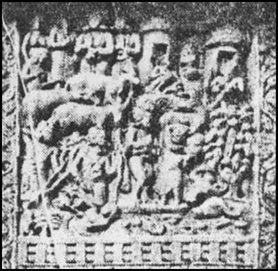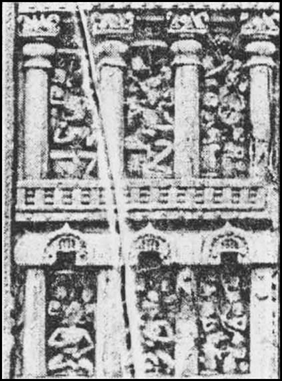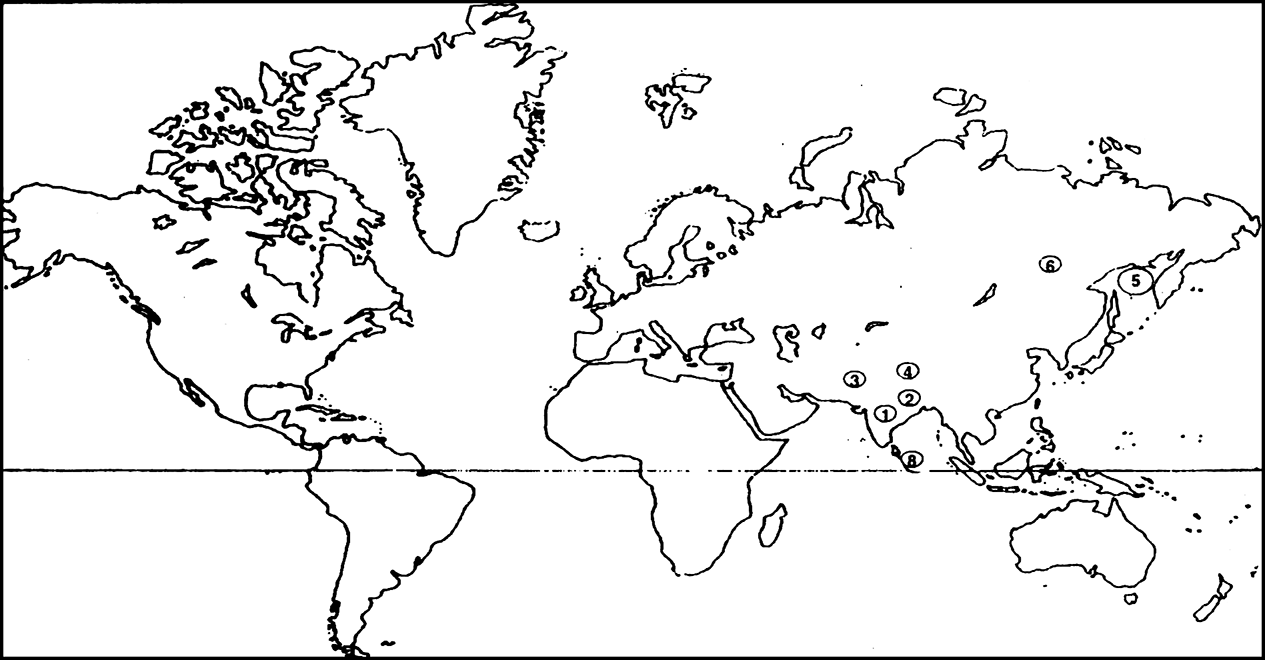“Buddhism grew rapidly both during the life time of the Buddha and also after his death.” Justify the statement.
Causes for the spread of Buddhism:
(a) Buddhism made a kind of revolution in the history of Indian religions by not recognizing the existence of God and soul of man.
(b) Early Buddhism was not enmeshed in the clap-trap of philosophical discussion, it appealed to the common people.
(c) As it attacked the fundamentals of Varna system it particularly won the support of lower orders. Women and men were taken into the Buddhist order without any consideration of caste.
(d) The people of Magadha readily accepted Buddhism because they were looked down upon by the orthodox Brahmins.
(e) The personality of Buddha and the methods adopted by him to plea his religion helped the spread of Buddhism.
(f) Buddha tried to fight evil by goodness and hatred by love. He maintained poise and calm under difficult conditions and tackled his opponents with wit and presence of mind.
(g) The use of Pali, the language of the common people also contributed to the spread of Buddhism.






